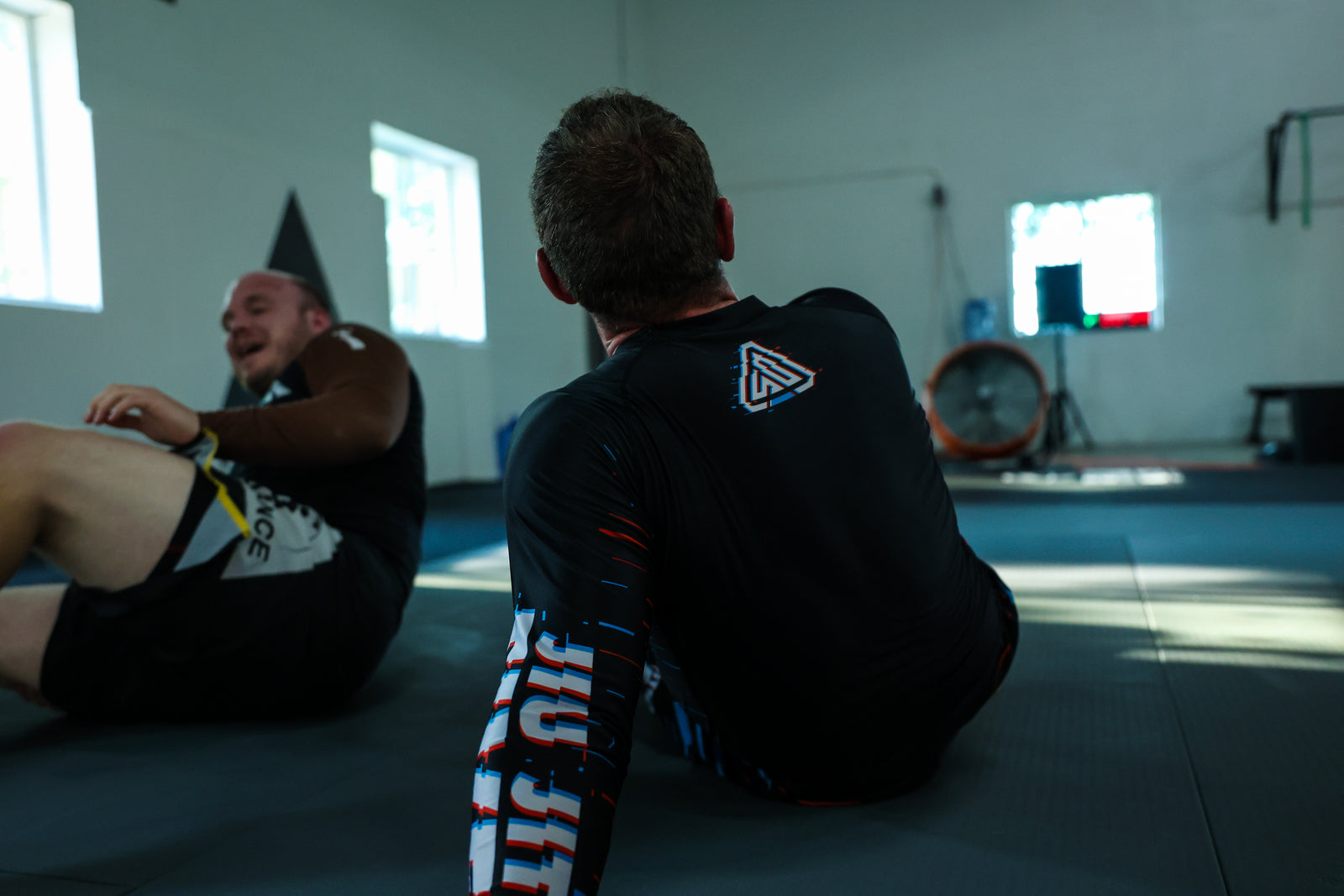7 Ways to Avoid Injuries in BJJ Training

When training Brazilian Jiu Jitsu (BJJ), injuries can be a major setback, not only to your progress but also to your overall enjoyment of the sport. While some bumps and bruises are inevitable, there are steps you can take to significantly reduce the risk of injury and keep yourself healthy on the mats. Here are seven key ways to avoid injuries in BJJ training:
1. Warm Up Properly
One of the simplest yet most effective ways to prevent injuries is to warm up properly. Start each session with dynamic stretches, joint mobility exercises, and light cardio to increase blood flow to your muscles and joints. A good warm-up prepares your body for the physical demands of training, reducing the risk of strains, pulls, and other injuries.
2. Focus on Technique Over Strength
It can be tempting to use brute strength to power through techniques, but this approach often leads to injury, especially when facing more experienced partners. Proper technique is crucial for efficient and safe movement. By focusing on technique, you not only reduce the strain on your body but also become a better practitioner in the long run.
3. Tap Early, Tap Often
One of the golden rules in BJJ is to tap early and often. If you're caught in a submission and feel the pressure mounting, don't wait for it to become painful—tap out. Pushing through submissions increases the risk of joint injuries or chokes gone too far. Tapping early ensures you can train another day, pain-free.
4. Train with Awareness
Training with awareness is about being mindful of both your body and your surroundings. Communicate with your training partners before rolling about the intensity level, and be aware of the space around you to avoid collisions with others. Awareness also extends to knowing when to push yourself and when to dial back, which can prevent unnecessary injuries.
5. Rest and Recovery
Rest and recovery are often overlooked but are essential for avoiding injuries. Overtraining can lead to fatigue, which increases the risk of accidents and injuries on the mats. Listen to your body—if you’re feeling overly tired or sore, take a rest day. Incorporate recovery practices such as foam rolling, massage, and proper hydration to help your body stay in optimal condition.
6. Communicate Pre-existing Injuries
If you have any pre-existing injuries, it's crucial to let your training partners know before you start rolling. Whether it's a sore shoulder, a healing knee, or a tender elbow, communicating these issues allows your partner to adjust their intensity and avoid those vulnerable areas. Open communication keeps both you and your training partners safer.
7. Be Selective with Your Training Partners
When you're dealing with an injury, choose your training partners carefully. Opt for those who are known for having good control and who can roll at a pace that won’t put you at further risk. Avoid partners who tend to go too hard or lack awareness, as this can aggravate your injury or cause new issues. It's important to protect yourself while still being able to train and enjoy your time on the mats.
Injuries are a part of the game in Jiu Jitsu training, but by following these tips, you can significantly reduce your risk and continue to train safely and effectively. Proper preparation, communication, and smart partner selection can make all the difference in keeping you injury-free and on track with your BJJ journey.



